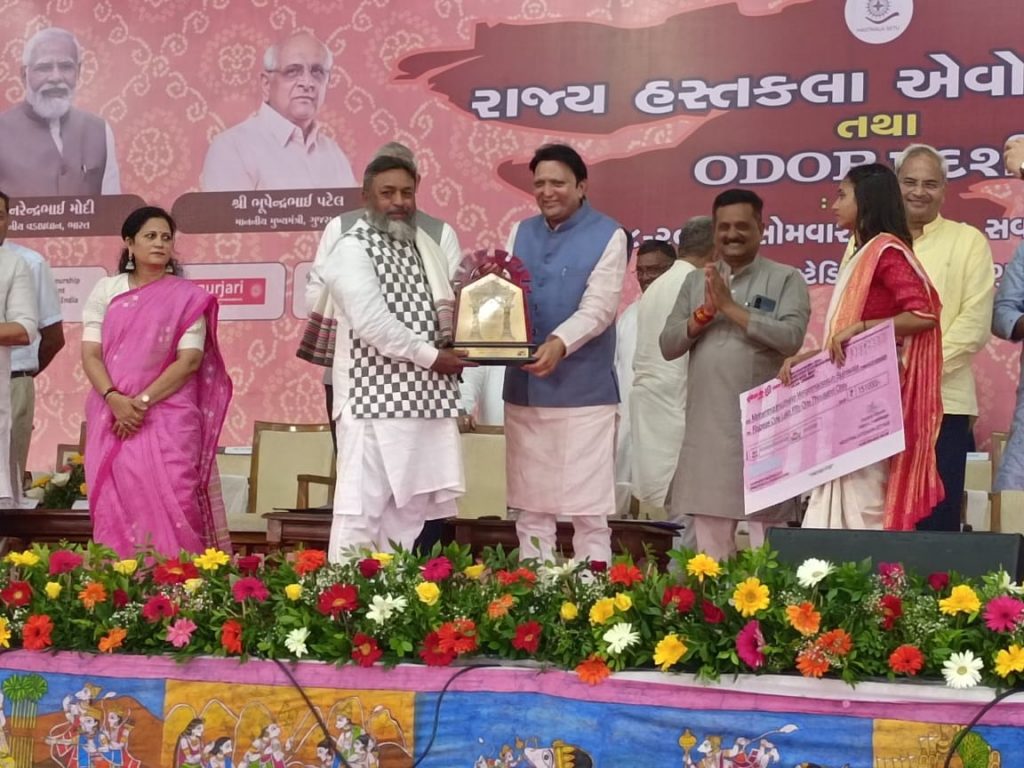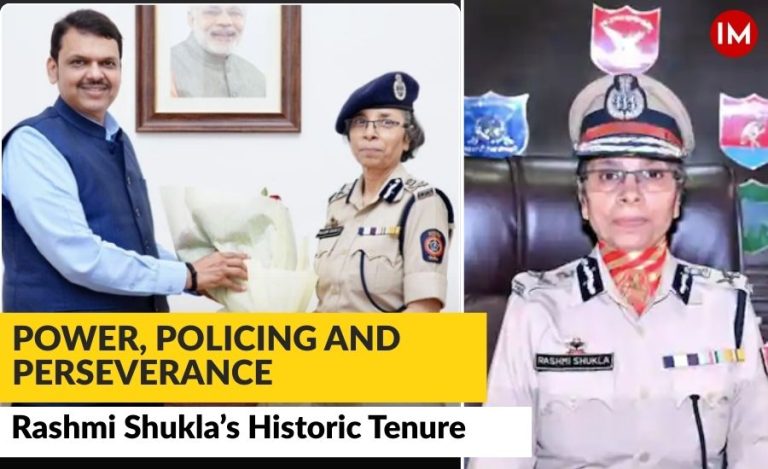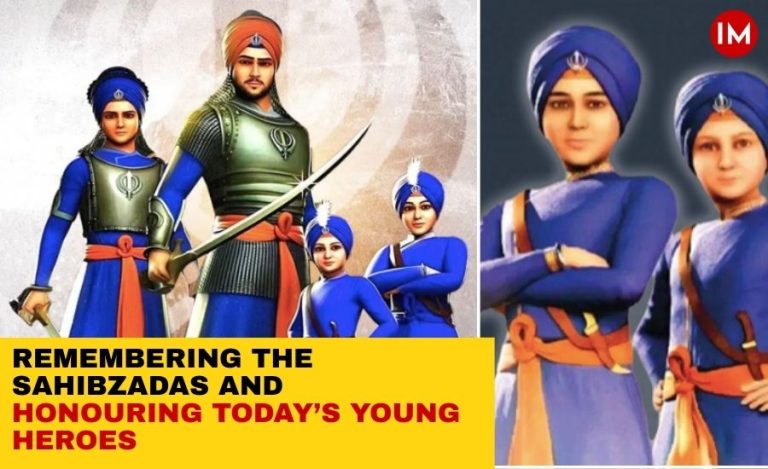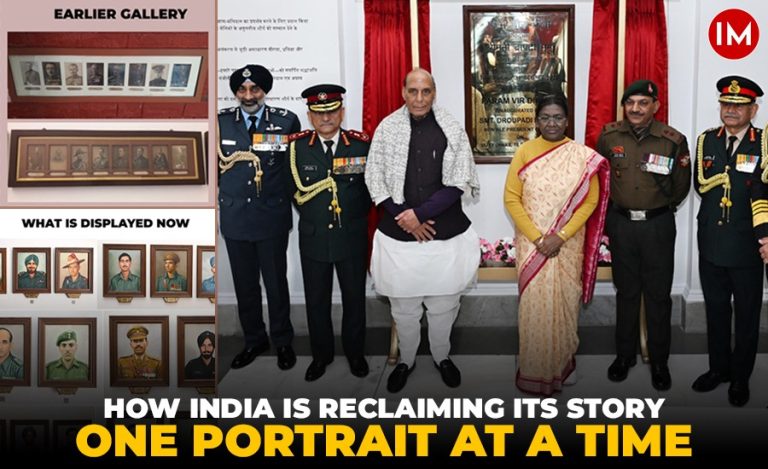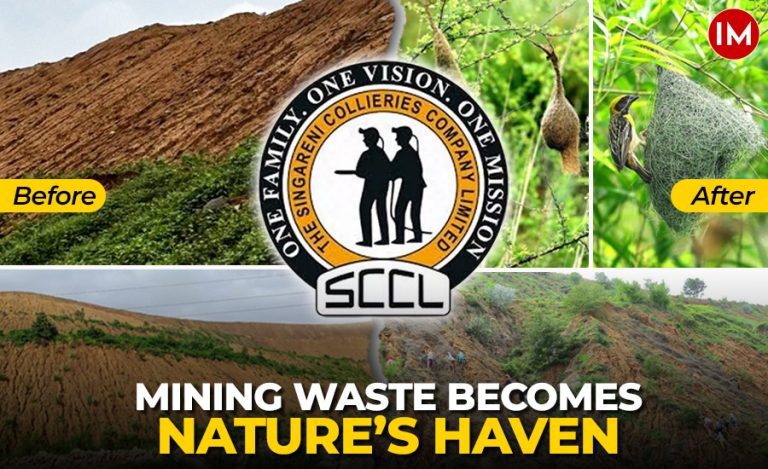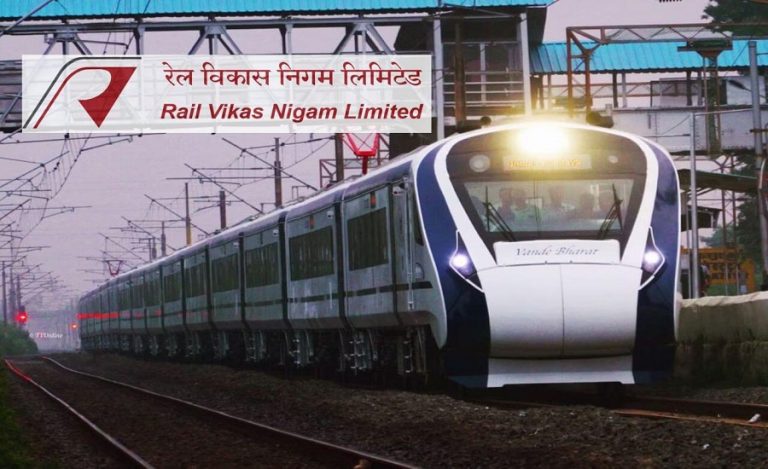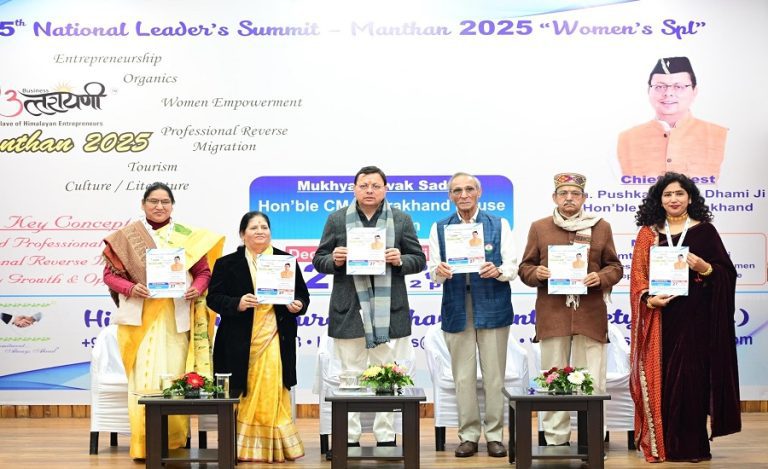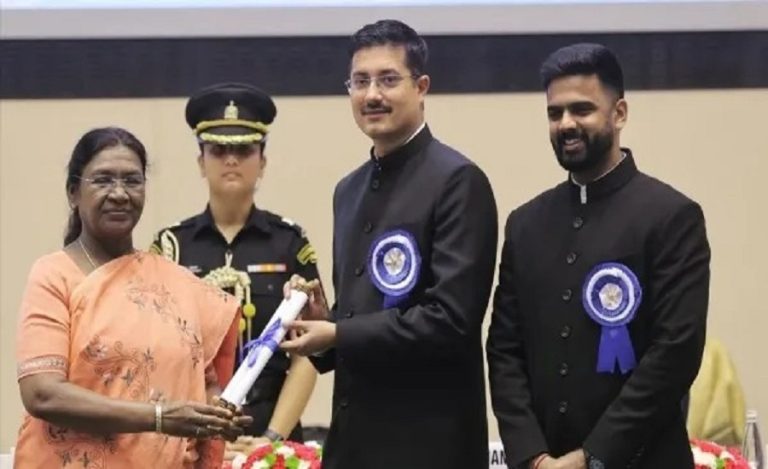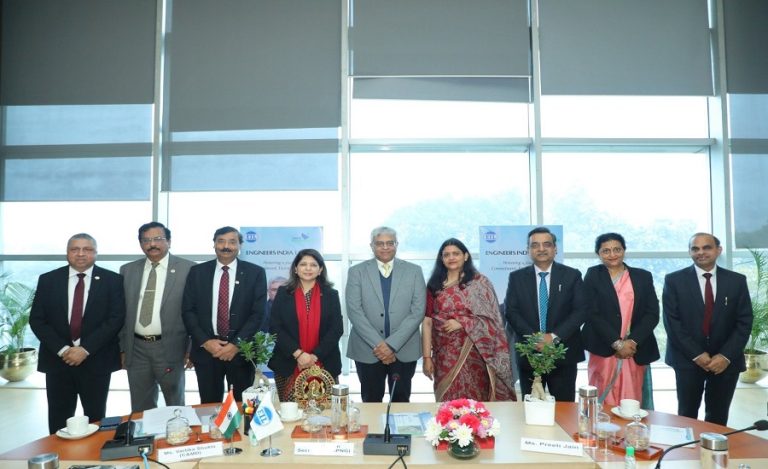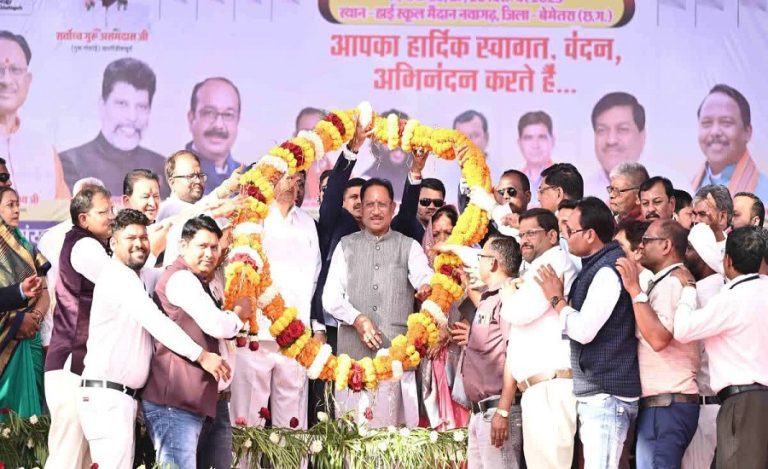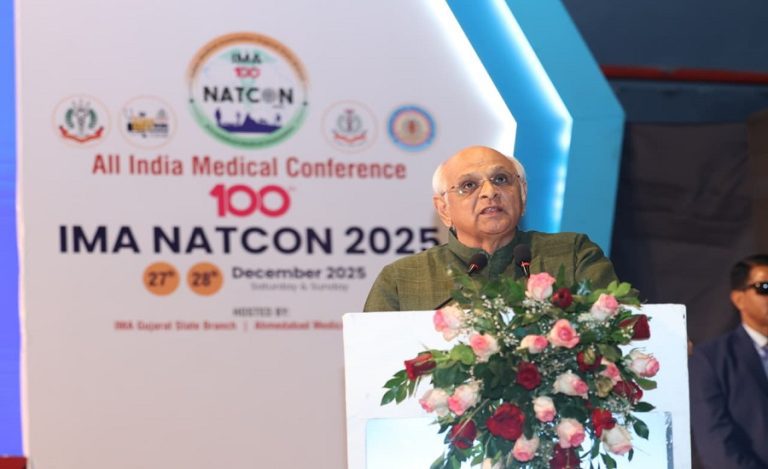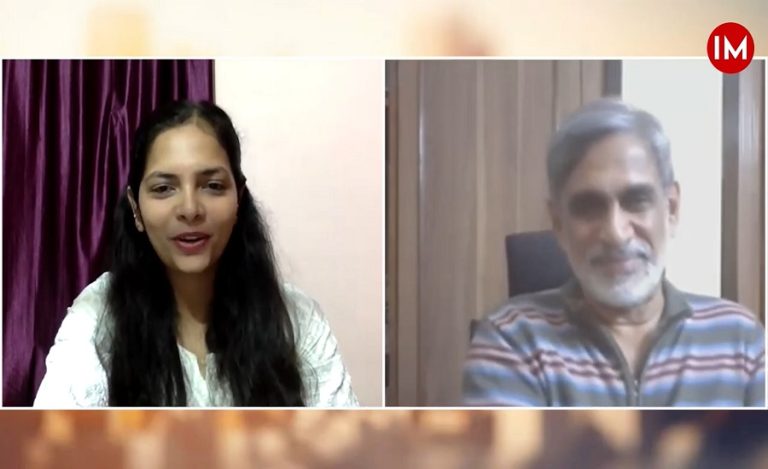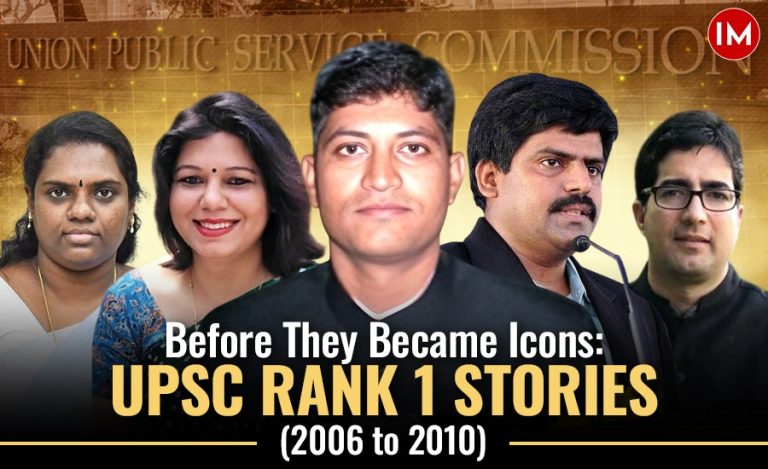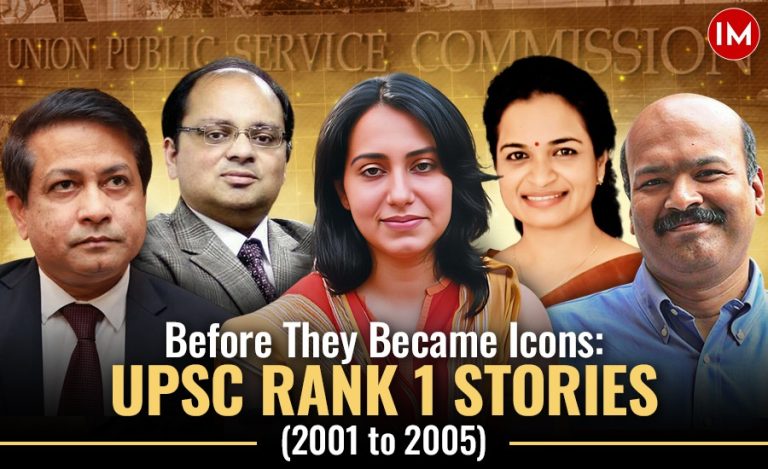Once upon a time, a weaving art of Bharuch was famous in entire India. Even the Britishers praised it. But, unfortunately, this art was dying in recent times and only one family was left doing the Sunani weaving work.
It was left to 2012 batch IAS officer and Bharuch Collector, Tushar D Sumera, to initiate its revival. Under the ‘Roshni Project’, the district administration devised a plan to give a new lease of life to the Sujani weaving technique. Accordingly, a training center was set up and a cooperative society formed for Sujani weavers.
Now, after a year, this art has been infused with a new breath of life and 10 plus new families are learning and working under Project Roshni. The good news is, even the old families related to this art are coming back to its fold. And, they have sold more than 2.5 lakh worth of Sujani products. The administration on its part has got it registered as ‘Rewa Sujani Brand’.
Indian Masterminds interacted with Mr. Tushar D Sumera to know more about his initiative.
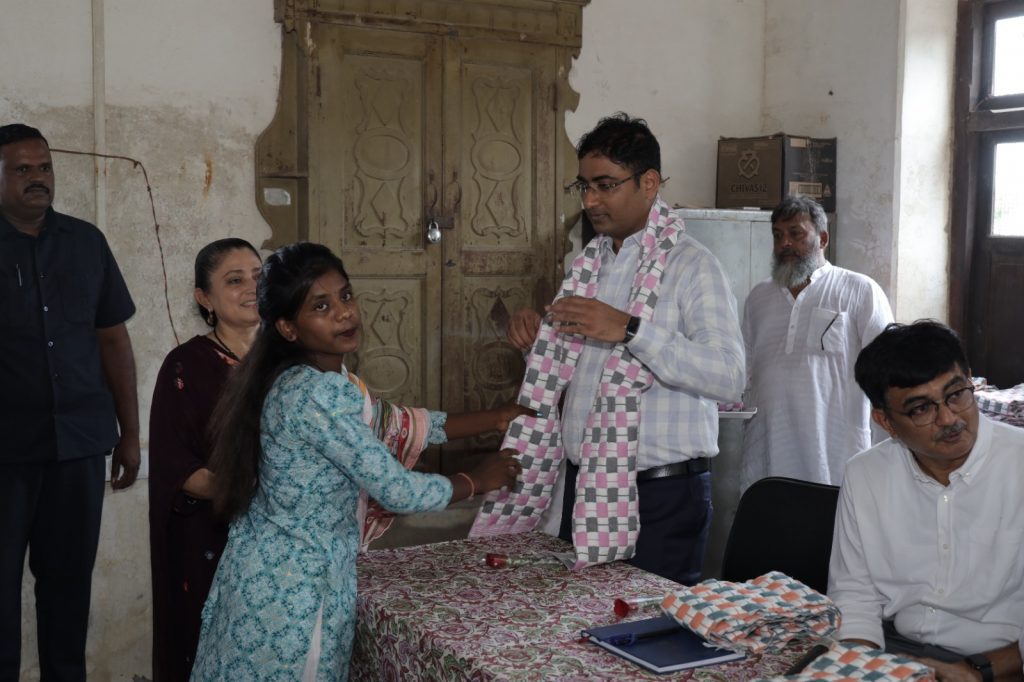
PROJECT ROSHNI
Sujani is an ancient weaving art of Bharuch, Gujarat. A double-cloth fabric weaving technique, Sujani is believed to have originated in the mid-19th century in the port city and cotton-milling centre of Gujarat – Bharuch. Sujani weaves are used primarily to make cotton-filled checkered sujani quilts, but are also used for tablecloths, rugs and prayer mats.
However, gradually, this technique was vanishing and was on the brink of extinction. There came a time when only Mujakkir Bhai’s family was doing the work of Sujani weaving. But, with the efforts of Mr. Tushar D Sumera, this art has revived, with the launch of the project named ‘Roshni’.
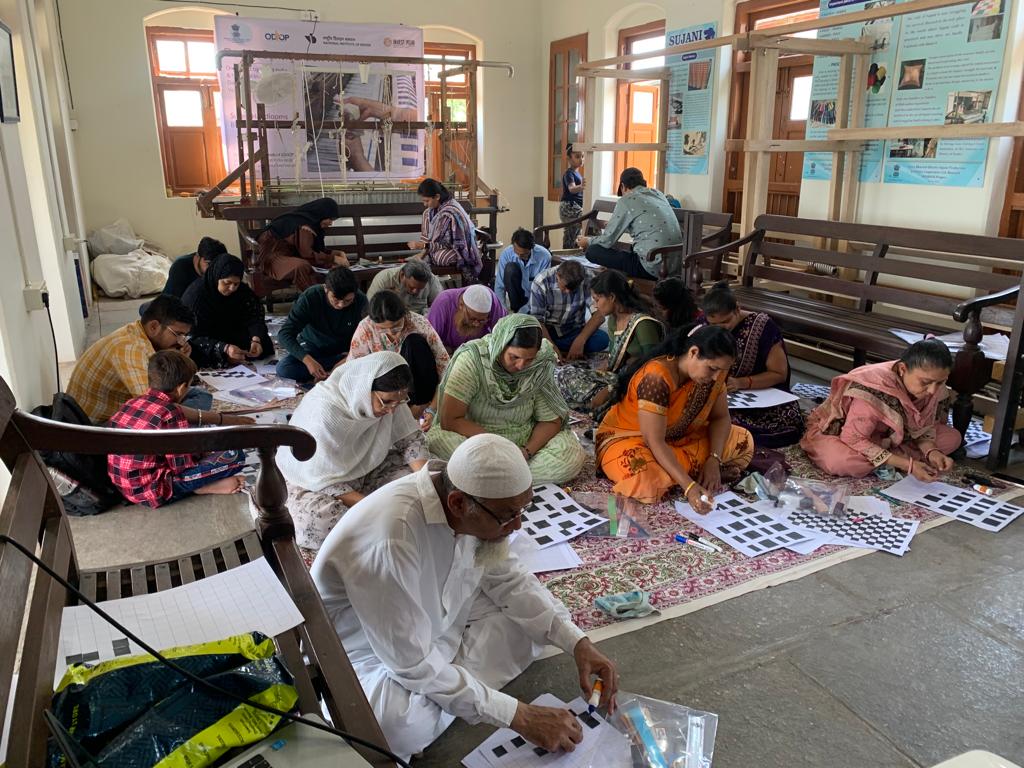
It was launched in March, 2023. A cooperative society for weavers named ‘Shree Bharuch District Sujani Production and sales Cooperative Society Limited’ was formed. Now, this same society has more than 100 members who were or are weavers. Some others have also shown interest in rejoining this weaving art bandwagon.
Mr. Sumera said, “When we started, only one family, including 4 direct weavers and 6-7 indirect ones were associated with the weaving process. But, now, there are more than 10 families and 100 plus weavers with us, directly or indirectly.”
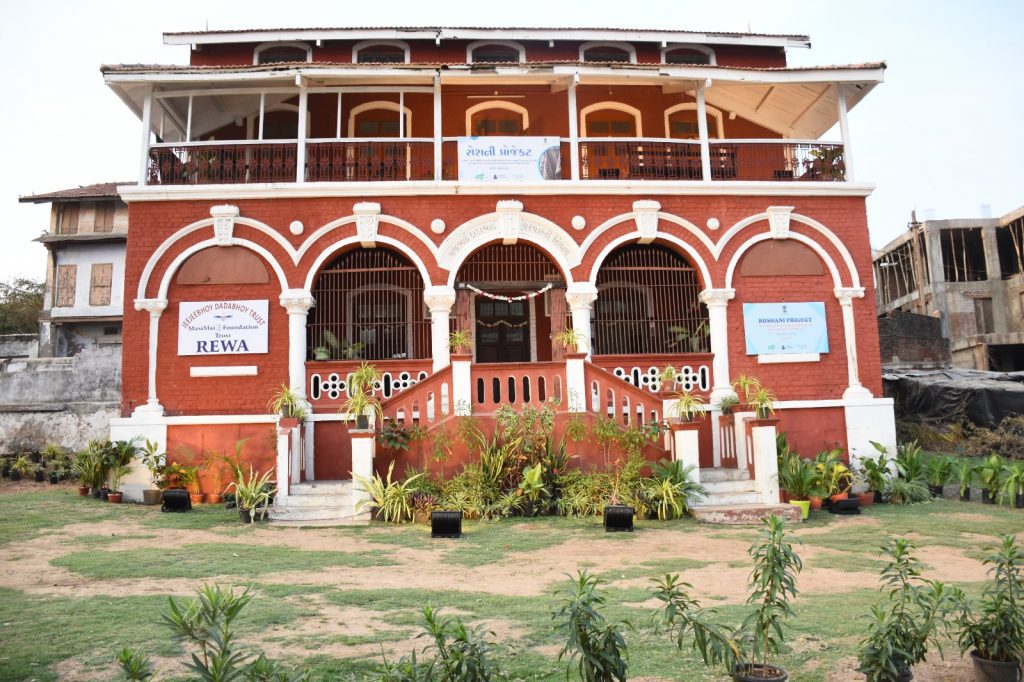
THE IMPLEMENTATION
The administration met the family of Mujakkir Bhai and convinced them to provide training to weavers. Then, artisans were searched who were interested in taking the training. A master handloom was set up under CSR fund, after 40 years while a Rewa Sujani Center was built.
Mr. Sumera said, “After master handloom was set up, the looms started coming up. Now people are eager to learn. We are seeing that within years, there will be more families practising it. We are achieving the scale.”
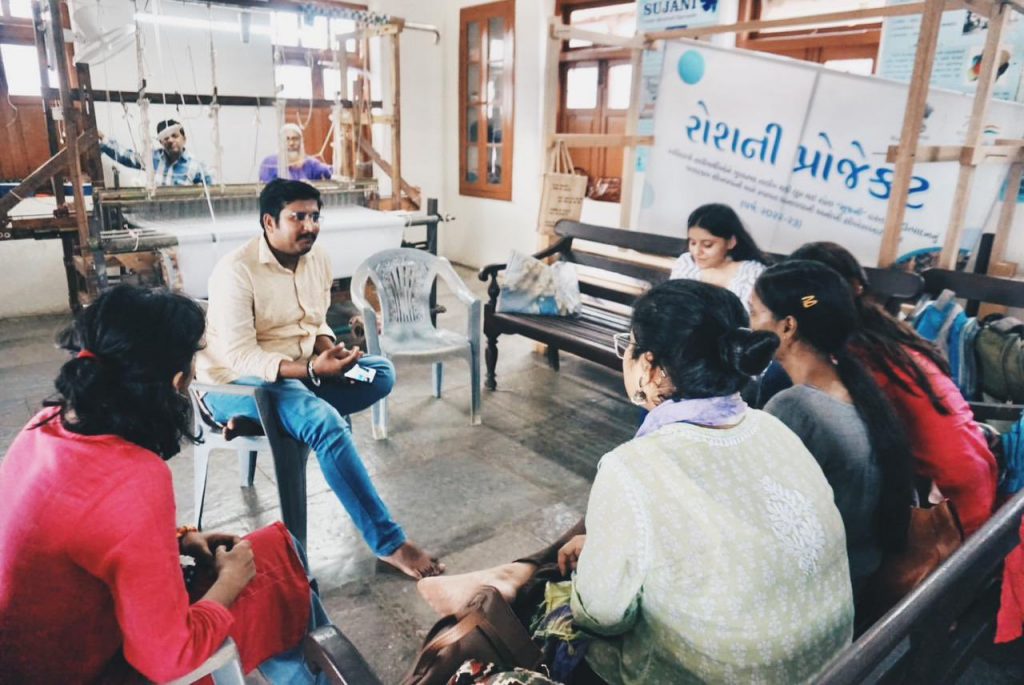
INNOVATION
The administration did not only revive the art, but also added innovation to it to make it feasible and relevant in the modern times. Basically, weavers were making blankets with Sujani art, but now they will also make jackets. Interestingly, the Sujani blanket can be used in all seasons.
Mr. Sumera said, “We have involved few people of designing schools who can guide us on this art, so that the artisans can make jackets and other clothes through this art.”
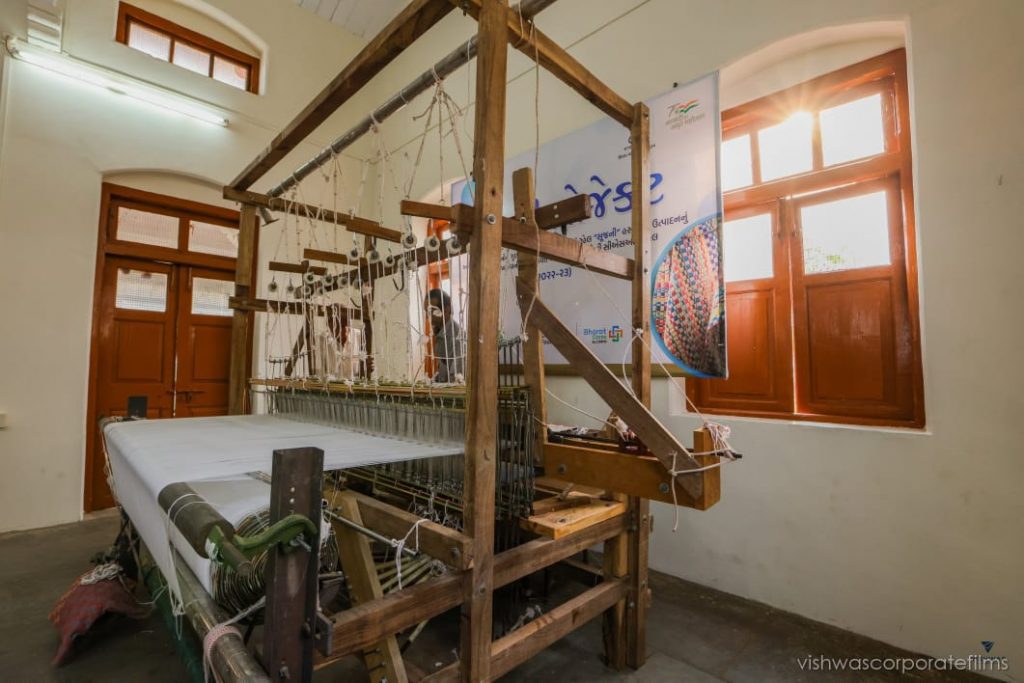
WHY THE ART WAS DYING
What’s the reason behind Sujani’s decline? Mr. Sumera replied, “It required a lot of hard work and there was also the issue of remuneration. That’s why the people practising it kept decreasing. Finally, only one family was left to do it.”
It is indeed heartening to note that a dying ancient art form is being revived by the administration through incentives and encouragement. Hope the momentum that has been build, with more and more people coming forward to join the Sujani bandwagon, is kept up and about and, very soon, this growing art becomes a thriving one, once again.
